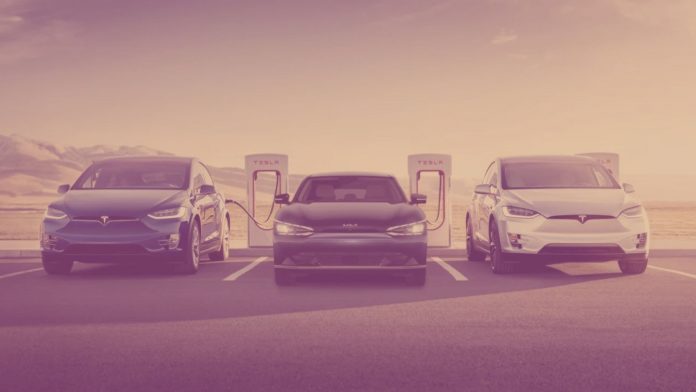The Biden administration released the long-awaited final regulations for its nationwide network of EV chargers, stipulating that the charges must be manufactured in the U.S.
In 2024, 55% of the EV charges will accumulate costs coming mainly from American-made components. Additionally, the administration announced a number of initiatives to help achieve its goal of having at least 500,000 EV chargers on American roads by 2030. These initiatives include commitments from organizations that build and run charging networks such as Tesla, GM, Ford, Chargepoint, and others.
Officials from the White House said that as part of this initiative, they secured a commitment from Tesla to let other manufacturers’ EVs utilize thousands of its chargers. Up until now, only owners of Tesla’s own vehicles have had access to Supercharging stations in the United States.
By the end of 2024, Tesla has formally committed to opening up at least 7,500 of its publicly accessible chargers in the United States to use by any compatible EV. In addition to the slower Level 2 destination chargers that Tesla offers at places like hotels and restaurants, the total will include at least 3,500 of the automaker’s 250 kilowatt Superchargers situated along important highway routes.
New charging guidelines that “guarantee everyone can access the network – no matter what car you drive or what state you charge in” were also announced by the Department of Energy and Transportation. The prerequisites include:
- The Combined Charging System plug standard must be supported by all new chargers constructed with federal subsidies. Except for Tesla, the majority of automakers employ the CCS standard.
- A minimum number of DC Fast chargers will be required for all new charging locations constructed with federal assistance.
- Once installed, federally supported chargers must function at least 97% of the time.
- All chargers purchased with federal funds must be put together in the United States, and their steel housings must be produced here as well. By July 2024, at least 55% of the chargers’ cost-based components must be produced domestically.
- Federal money was used to build new chargers that are compatible with cutting-edge, user-friendly technologies like “Plug and Charge,” which, as the name implies, automates the charging process.
Additionally, new regulations make information on charger availability, pricing, and locations accessible to the public and available via mapping applications, reducing the need for drivers to utilize numerous apps to locate and use chargers.
Did you enjoy this article? Please share your thoughts, comments, or questions regarding this topic by connecting with us at newsroom@cbtnews.com.
Be sure to follow us on Facebook, LinkedIn, and TikTok to stay up to date.
While you’re here, don’t forget to subscribe to our email newsletter for all the latest auto industry news from CBT News.






